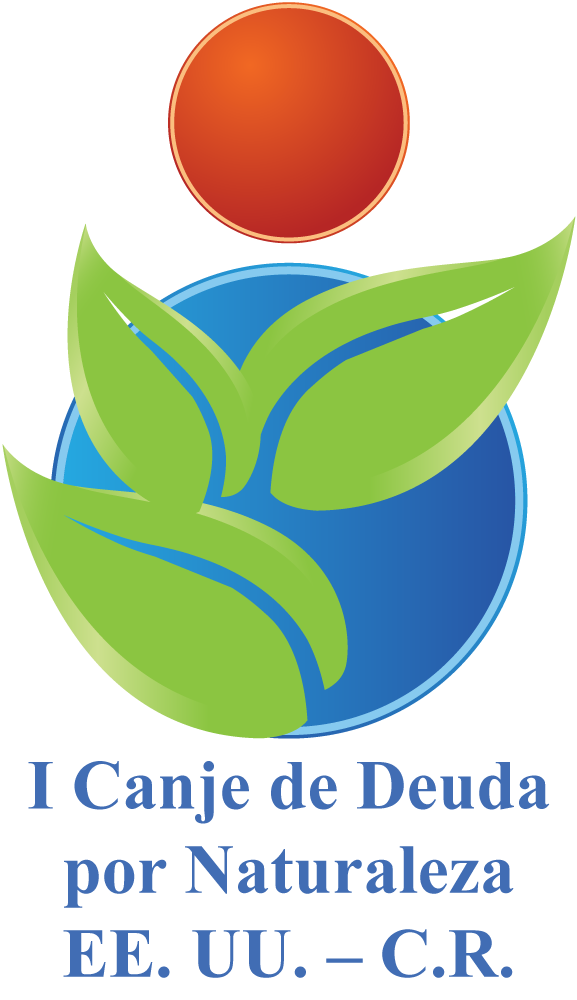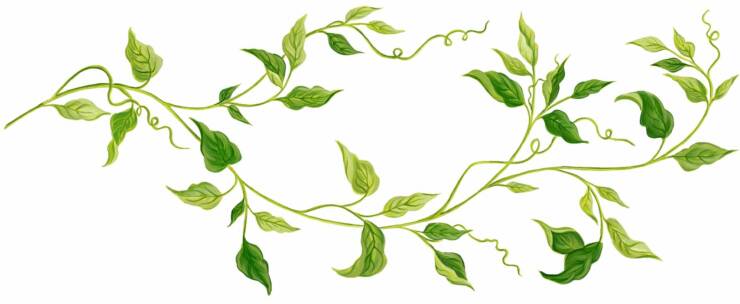
Project “Inclusion of conservation criteria in the productive management of peasant farms to improve the functional connectivity of the biological corridors Hojancha-Nandayure, Potrero-Caimital and Cerros de Jesús”
The project was developed in an area between the cantons of Nicoya and Hojancha, in the province of Guanacaste. The dominant production system is beef cattle raising and forestry. The livestock activity is carried out extensively, with few devices for the rotation of livestock and minimal technification.
They also have little tree cover in paddocks and, if they do, it is limited to fences with only one species. Likewise, they have small patches of forest on their farms, not very diverse, as remnants of primary forests or secondary forests, and in the best of cases as protection for water sources.
Most of the rural farms are between 10 and 50 hectares in size. As there are two well differentiated climatic seasons, winter and summer, productivity on these farms is lower or higher depending on the case. In winter, the forage in the pastures is abundant and therefore there is a good feeding of the cattle; While, in summer, the pastures dry up and there is a nutritional deficit in the livestock, therefore, productivity decreases drastically or is even null, also associated with the lack of shade in pastures.
The farmer still does not relate that the short, medium and long term water supply depends on the conservation of his forest; and therefore its main economic activity depends on the forest. In turn, the farmers who make decisions about the management of their farm and the tree cover present in it, have limited knowledge about the contribution of their forest, apart from wood (construction, firewood), and services ecosystems that it provides (provision of food, medicinal, erosion control, soil formation, water regulator, recreational, educational, etc.).
The participation in this project was higher than 70 people, mostly women, participated in various training activities such as: Preparation and management of projects, the art of telling stories, sustainable livestock, natural cosmetics, and medicinal plants in order to strengthen knowledge and capacity building about biodiversity.
In addition, 15 farms were selected in which flora inventories were carried out (with emphasis on 237 species that provide non-timber forest products) and participatory monitoring in mammals (25 Species), and Birds (148 Species). Likewise, 3,490 trees of 60 species were planted, distributed in living fences and in water sources such as rivers, streams and springs.


Analysis of connectivity and restoration of habitats for biodiversity and local use in the Nicoya Peninsula
This project was developed in the communities near the Diría National Park, Santa Cruz and its connectivity with the Biological Corridors, Cerro la Cruz – Potrero Caimital, Hojancha-Nandayure Biological Corridor and Rio Nosara Biological Corridor, where a scientific work was carried out that resulted in result the following:
18 samplings of birds and flightless mammals and flora inventories were carried out, in addition to eight samplings of bats distributed in the dry and rainy season of the first year of the project in three localities located in the Nicoya Peninsula. A total of 3,792 observations of birds belonging to 114 species and 176 observations of non-flying mammals belonging to 10 species were made.
A total of 237 bats were captured in mist nets and 4 were recaptured, belonging to the Chiroptera order. A total of 467 trees belonging to 53 species were recorded. For these trees, more than 2,825 phenology records were made from January to March (dry season) and from May to August (rainy season).
A total of 77 interactions between birds and flowers or fruits were observed, so these birds can be considered as potential agents in pollination and seed dispersal processes.
The diversity found in the farms studied is considerably high, which may be due to the great heterogeneity of habitats in the area. A total of 22 local people participated in the biodiversity samplings, to whom surveys were applied to measure their degree of knowledge about the birds and mammals in the area.
In addition, a total of 25 surveys were applied to local people to find out their perceptions and the uses they make of biodiversity.
From these surveys, seven potential uses of the fauna and flora for local use were identified: food and shade for livestock, living fence, ornamental, handicrafts, wood and medicinal.
Four workshops were held with the participation of a total of 39 members of local communities and organizations, in addition to project members. These workshops had the purpose of publicizing the project, identifying those interested in participating in the activities, as well as training and scheduling reforestation activities. The participation of 16 farm owners located in 11 localities in the Nicoya Peninsula was achieved to carry out reforestation in order to increase connectivity between habitats.
A variety of ecological restoration experiences were identified in the area based mainly on the reforestation of native trees for conservation purposes and for the sustainable use of resources of various types. Thus, we can mention the Bosque de la Marimba in Santa Cruz, farms in San Gerardo and Barra Honda. These experiences are not documented, so the information was collected through interviews and field observations.


Diriá National Park Tourist Chain Project (Coming soon)
August 2021 – August 2023
Consolidate a network of rural community tourism enterprises in the area of influence of the Diriá National Park, which fosters economic reactivation and which in turn favors ecological connectivity and its biodiversity.
